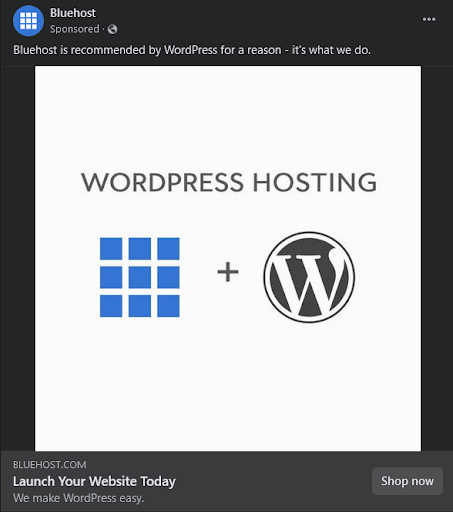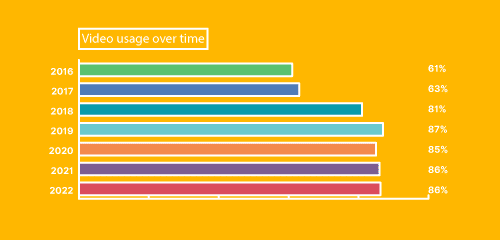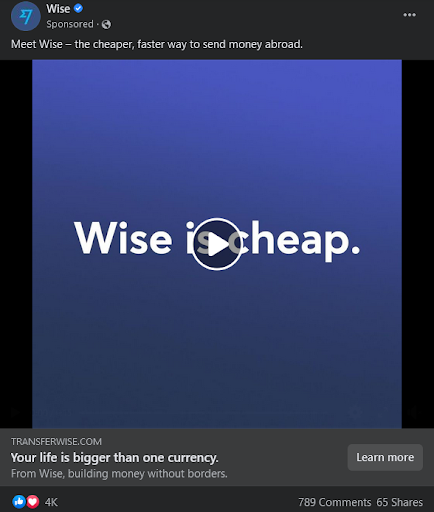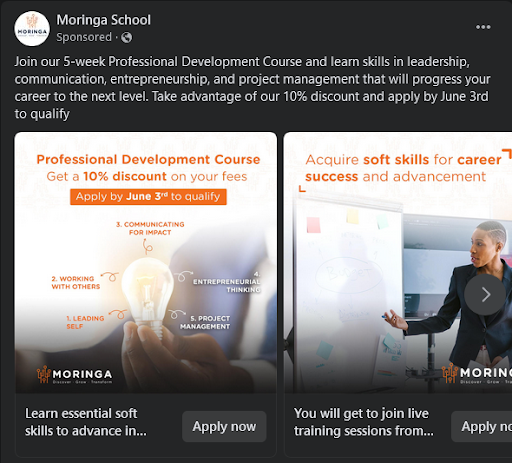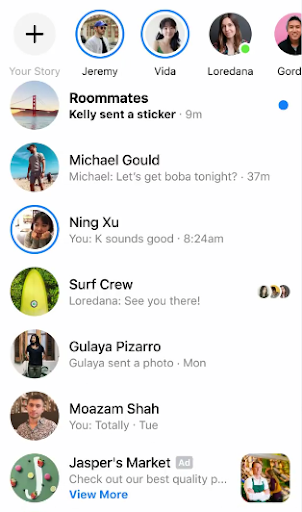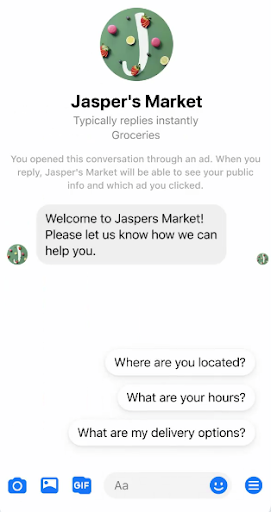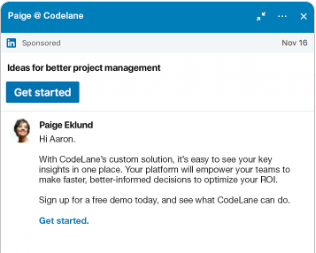
Think of content marketing as a journey. Like any journey, you need to know the destination. When you have a content marketing roadmap in hand, though, you can focus on where you want to go and the best way to get there.
As Forbes’ Brian Sutter puts it, “It’s really hard to hit a target when you don’t know what the target is.” But as he points out, there are quite a few of us who don’t know the destination.
Nearly a third of us, according to a Content Marketing Institute study. We can do better.
All too many companies don’t have a consistent messaging strategy, don’t know where or when to find and publish content, and don’t tailor their content marketing to their target customers, as a 2016 Forbes study discovered.
It’s time for a roadmap to get your business to its destination. Learn how to develop your own content marketing roadmap—one that’s a custom fit for your business.
Quick Takeaways:
- Starting with your business case, get your C-suite on board and set your priorities.
- Engage your employees early on.
- Define what will drive business growth.
- Decide which kinds of results will determine your business value (subscribers, conversions, etc.).
Assess Where You Are and Where You Want to Go with Your Content Strategy
Like an actual map, your content marketing roadmap needs to start with where you are—and where you want to go. Set your content marketing priorities at the outset and stay on the road to measurable results.
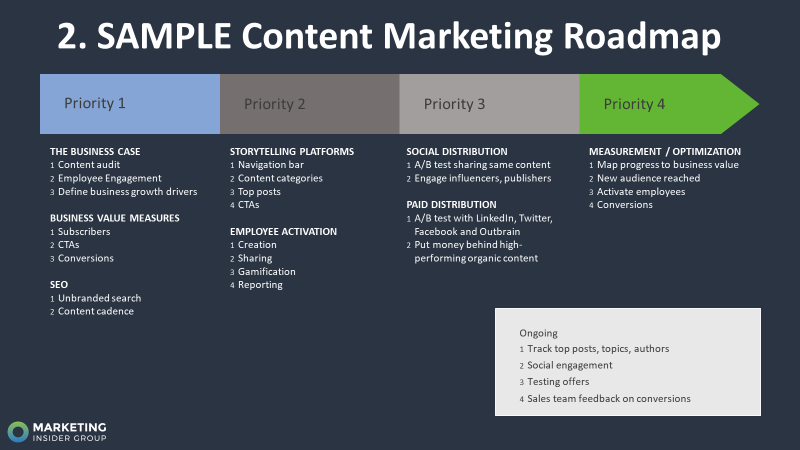
Build the Business Case
- Conduct a content audit: An effective business case for an overhaul of your content marketing strategy must start with where your content marketing currently is. A content audit will provide you with the clout to get your company executives on board for the change. Learning what types of content you have and the results they bring in can help give your business case direction. When you contrast those numbers with the possibilities that lie ahead with a change of direction, you’ll have a better chance to succeed.
- Engage your employees: Research from all fronts indicates that engaged employees can become the most effective content marketing tool in your arsenal. Make them a part of your strategy from Day One—and you’ll multiply the reach of the content you publish. An effective way to get them on board is with a content marketing workshop that includes everyone in your company from the janitor to the CEO. When employees see the importance of effective content marketing and how they can participate, they’ll transform into some of your best advocates.
- Identify your business’s growth drivers: What activities drive your business’s financial and operational results? Whether it’s web traffic, the number of goods and services you’ve sold, or whatever factors spur your business’s growth, those are the numbers you want your content to drive upward.
Identify What Measures Define Your Business Value
Look at the actions that drive value for your business. What actions bring in the most revenue? These actions will be what you’ll target with every piece of content you create. For some businesses, it will be an increase in subscribers or upgrades to existing subscriptions. For others, it might be an increase in leads or face-to-face meetings. For even others, it will be online conversions or call-to-action responses.
Look into the factors that must happen before a customer takes the desired action. For example, for customers to upgrade their subscriptions, they must first become unpaid subscribers. To entice a person to respond to your call to action, the promised benefit must be one they need to better their business or their life.
Set Your Initial SEO Strategy
All your efforts will come to nothing without people to see your content. Although SEO does stand for “search engine optimization,” that’s a bit of a misnomer. You’re not marketing to search engines–but you must get their attention before your content appears before your target market’s eyes.
First, you need a strategy that prioritizes unbranded searches. To attract people unfamiliar with your brand who need what you offer, you need to have your webpages pop up when they search for the goods or services that you provide. Create quality content that tackles the topics your target audience needs to read, and you’ll start seeing your name come up higher and higher in searches.
Secondly, you need to work toward a content cadence that makes sense rather than posting random blog posts. Your content should march in tune with your target audience’s needs in a logical flow that leads them to take the action you want them to take. With each publication, develop their thought toward that goal.
Too, within each piece of content, establish a flow from beginning to end. That internal cadence will lead your audience’s thought process through the piece—one sentence leading to the next; one scene followed by one that develops the idea further—like a good story.
Reading and watching good content (or listening to good music) can give you a feel for an effective cadence in your own communication. If you and your teams don’t have the time to create the actual content itself, you can outsource it to an outside agency, so long as they follow your stated goals.
Start Creating Content
Once you’ve gotten your strategy in place, it’s time to begin creating content. Think about which platform will best showcase each piece of content. Next, organize your content so that people who come to your site can find it easily. Finally, set your employees into action to create content and share what your teams have created.
Sharing your story is all about the customer, not your company. As HubSpot’s Justin McGill points out, you need to focus on the challenge your product or service will solve for your target audience. Then, let your content tell the story about exactly how it will solve their problem.
In other words, you need a “customer-obsessed culture of content.” Obsessed not only with them—but with their needs, their hopes, dreams, and goals.
Choose Your Storytelling Platforms
Think about what platform will best communicate your stories. When you’re introducing a new gadget that has complicated written directions, a video might be the best platform. Content that needs to cite authoritative sources usually needs a written platform.
On your website, make sure that you’ve organized all your content so it’s easy for visitors to find what they need. Just like you need a measured cadence in what content you produce, you need one when you organize that content.
Several areas warrant extra attention. They are:
- The navigation bar: Put it at the top of the page so it’s the first thing visitors see. Secondly, word it so it’s easy for visitors to find content. Usability testing can help you learn whether your typical customer can find what they want quickly.
- Search bar and content categories: Consider putting an onsite search function on your website. Having the ability to search provides customers with a more user-friendly experience, making it more likely that they’ll return and buy what you’re selling. Group content into categories so when a visitor types something into the box, they’ll see several suggestions. This strategy makes it more likely that they’ll read more than one of the articles, building your standing as an authority in your field with each article they read.
- Top posts: To get even more mileage out of your top posts, you can pin your best-performing content to appear first on your site. Promote those posts on social media, too. Use a content hub to organize your content into categories, making it even easier for visitors to find what they want.
- CTAs: Every piece of content you create should have a call to action (CTA). Make these easy to understand and easy to do. Use wording that emphasizes the visitor’s needs—how taking that action will bring him or her closer to a solution to their problem.
Activate Your Employees
You’ve engaged your employees. They’re enthusiastic—but how do you harness that enthusiasm into action? The answer is employee activation. Turn your employees into brand advocates, and you’ll have an unstoppable force that will take your company to new heights.
- Content creation: The more employees you have creating quality content, the more you’ll build the trust factor in your customers and potential customers. Enlist the help of your resident subject experts to explain complicated processes. Get employees involved in creating posts on social media. Milk the expertise of everyone to create content that will draw more business to your doors.
- Sharing content: You shouldn’t just encourage your employees to create content. Also, encourage them to share your company’s blog posts on social media and elsewhere. Your employees’ networks are vast—and can open up your content to a whole new audience. Not only that, but encouraging them to share content builds your trust factor—since people are more likely to believe content that comes from an employee.
- Gamification and incentivization: From a simple “thank you” and recognition at the next meeting to actual real-world prizes and merchandise, look for ways to encourage your employees to share. As you can see from the numbers on employee believability, the return on your investment is likely to be great.
- Reporting: Having a comprehensive central system to store content makes reporting on employee-created content much easier. With such a system, you can track the results automatically and have a record of all content your employees have produced.
Distribute and Test Your Content
Getting the word out online is the next step along the road to successful content marketing. Don’t stop there, though. Testing each piece of content to see how it performs is essential to content marketing success.
If your budget allows, consider paid distribution to targeted audiences. Choose your best-performing content; narrow the audience to whom you show it, and then see how it performs. Targeted audiences might be smaller, but they’re more likely to need what you’re selling.
Find which distribution platforms (social, blog posts, or even guest blogging on non-competitor but closely aligned sites) work best for your business and distribute it on those places. Don’t forget offline content distribution, either—particularly if you’re a brick-and-mortar business.
The main point to remember in content distribution is to focus on where your customer is and what forms they prefer (video, written post, infographics, or printed brochures—just to name a few). Look for where they spend the most time and publish your content there.
To get the most mileage out of every piece of content, you need to distribute it on your social channels as well as those you don’t own. When you do, you have a shot at attracting a whole new audience for your content.
- A/B test: Test each piece that you’ve shared on social, varying one element at a time. Called split or A/B testing, this strategy can identify the best way to tweak your content to communicate your message even better.
- Engage influencers, other publishers, and your followers: On social, engagement and helpfulness are the name of the game. Be sure to interact with your followers. Respond to comments and help them solve their problems. If you can, ask industry influencers or thought leaders to engage—or even produce guest posts. Engage with other content publishers in your industry as well. Often, you can engage in joint projects that bring in revenue for both parties.
Paid Distribution on Social Media
Many social media platforms, such as Facebook, Twitter, and LinkedIn, allow you to limit the audience that sees your content. If you haven’t done so, do some research on your typical customers to find out on which social media platforms they’re more likely to hang out. You can even create customer personas to personalize your customer profiles even more.
Once you’ve done your research, use your customers’ preferred platforms to segment your audience. Use your likely customers’ demographics to narrow down who sees what content.
For example, if you manufacture ballet footwear, you might use Facebook’s targeting abilities to boost a post about pointe shoes to under-40 females whose interests include not only ballet but also figure skating and gymnastics, since those sports often use ballet to cross-train for artistry.
Similarly, for a post about increasing flexibility in male dancers, you would do well by targeting males who belong not only to ballet groups, but also those young men whose interests include figure skating, gymnastics, and other sports in which flexibility is a plus. Believe it or not, even some football players use ballet to become more flexible and agile.
Don’t forget to A/B test your targeted social media content to get the most out of your investment. Twitter, LinkedIn, and Facebook all make it easy for you to test content for performance.
Other Paid Distribution Platforms
With Outbrain, you can take your paid campaign a step further. Not only can you target your audience, but your ads will appear on top-performing news outlets and other sites where your target audience browses often. Called native advertising, Outbrain’s ads appear as “sponsored stories” alongside other news story recommendations.
Google Ads, too, can target which audiences see them. They work a little differently—by showing up at the top of search results as people search for what you sell.
Again, A/B test each piece of content so you can put your money into your highest-performing organic content. Once you have outstanding content, the keys to your content marketing success are yours. You can use this content to achieve measureable results, driving you toward your goals.
Measure Results and Optimize Your Strategy
Measurement doesn’t stop with the results for each piece of content. You need to keep track of the difference your content marketing strategy makes on your business value.
- Map your progress to the measures you’ve chosen to indicate business value: Whatever measures of business value you listed at the beginning of the roadmap—and they’re different for every business—should be the first thing you measure. Whether or not you have achieved your goals for these metrics, you need to optimize your content strategy to grow these numbers even more.
- Reach new audiences: Brainstorm ways to reach new audiences who might have a keen interest in your products and services. When you find new audiences, you’ll find new customers—and make the bean-counters oh-so-happy with the revenue they bring in.
- (Re)activate your employees: Use whatever victories you’ve achieved—no matter how small—to inspire your employees to become more active in content marketing, whether it’s creating content or simply spreading the word.
- Track and optimize conversions: A key marker of success, conversions are essential to eventually turn browsers into buyers. Look at—and implement—strategies that can increase conversions at every step along the customer journey.
Once You’re on Your Way, Keep an Eye on the Road
Throughout the process, you and your teams need to do several things to stay on track. These essentials will take you to an endless list of destinations and new opportunities.
- Keep track of top topics, authors, and posts: To make sure your content reaches the maximum number of prospective customers, you want to identify and promote your best performers.
- Engage on social: Never stop engaging. Look for more ways to reach out, more industry influencers to get on board, and find new audiences for your content—and new buyers for your products and services.
- Test marketing offers: Whether you offer a white paper, an e-book, a free consultation, or other helpful goods or services, you need to test which ones result in the most subscribers, customers, or other conversions. Only put your money into offers that work.
- Collaborate with your sales team to maximize conversions: Although collaboration with all your teams is important, collaboration with your sales team is critical. After all, they’re the ones on the front lines. They hear all the objections, all the compliments, and all the feedback. Listen—and get a better picture of your customers’ needs.
Then, create content that meets those needs. When you do that, you’ll have such insight into your customers’ needs and desires that they’ll think you’re reading their minds.
Not exactly. You’re just following your roadmap.
If you are ready to follow your own content marketing roadmap to get more traffic to your site. check out our Content Builder Service. With world-class content, your business can get on the road to success. Set up a quick consultation, and I’ll send you a free PDF version of my books. Get on the road to success today with more traffic and leads for your business.
The post How to Develop Your Own Content Marketing Roadmap appeared first on Marketing Insider Group.



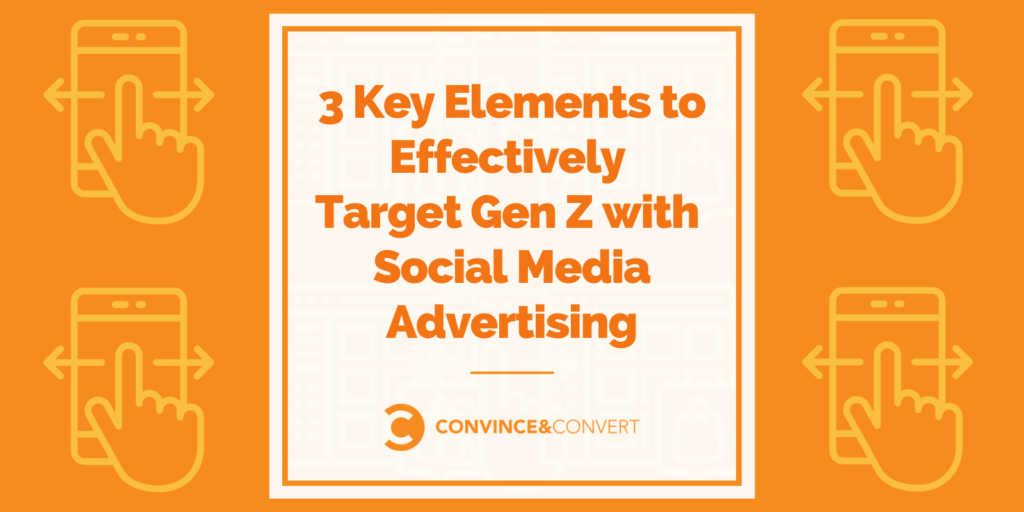 Social Media Advertising" width="1024" height="512" srcset="https://www.convinceandconvert.com/wp-content/uploads/2022/06/3-Key-Elements-to-Effectively-Target-Gen-Z-with-Social-Media-Advertising-1024x512.png 1024w, https://www.convinceandconvert.com/wp-content/uploads/2022/06/3-Key-Elements-to-Effectively-Target-Gen-Z-with-Social-Media-Advertising-300x150.png 300w, https://www.convinceandconvert.com/wp-content/uploads/2022/06/3-Key-Elements-to-Effectively-Target-Gen-Z-with-Social-Media-Advertising-768x384.png 768w, https://www.convinceandconvert.com/wp-content/uploads/2022/06/3-Key-Elements-to-Effectively-Target-Gen-Z-with-Social-Media-Advertising-1536x768.png 1536w, https://www.convinceandconvert.com/wp-content/uploads/2022/06/3-Key-Elements-to-Effectively-Target-Gen-Z-with-Social-Media-Advertising-1000x500.png 1000w, https://www.convinceandconvert.com/wp-content/uploads/2022/06/3-Key-Elements-to-Effectively-Target-Gen-Z-with-
Social Media Advertising" width="1024" height="512" srcset="https://www.convinceandconvert.com/wp-content/uploads/2022/06/3-Key-Elements-to-Effectively-Target-Gen-Z-with-Social-Media-Advertising-1024x512.png 1024w, https://www.convinceandconvert.com/wp-content/uploads/2022/06/3-Key-Elements-to-Effectively-Target-Gen-Z-with-Social-Media-Advertising-300x150.png 300w, https://www.convinceandconvert.com/wp-content/uploads/2022/06/3-Key-Elements-to-Effectively-Target-Gen-Z-with-Social-Media-Advertising-768x384.png 768w, https://www.convinceandconvert.com/wp-content/uploads/2022/06/3-Key-Elements-to-Effectively-Target-Gen-Z-with-Social-Media-Advertising-1536x768.png 1536w, https://www.convinceandconvert.com/wp-content/uploads/2022/06/3-Key-Elements-to-Effectively-Target-Gen-Z-with-Social-Media-Advertising-1000x500.png 1000w, https://www.convinceandconvert.com/wp-content/uploads/2022/06/3-Key-Elements-to-Effectively-Target-Gen-Z-with-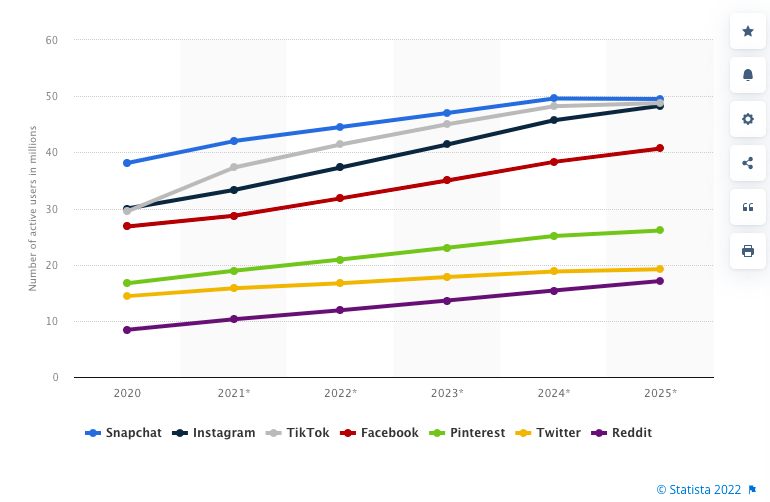
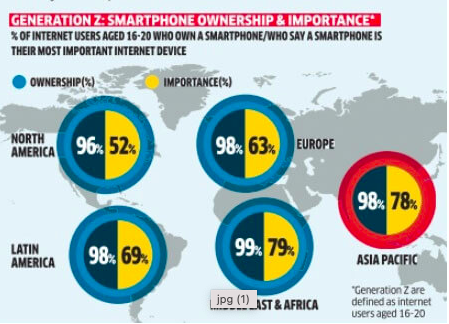
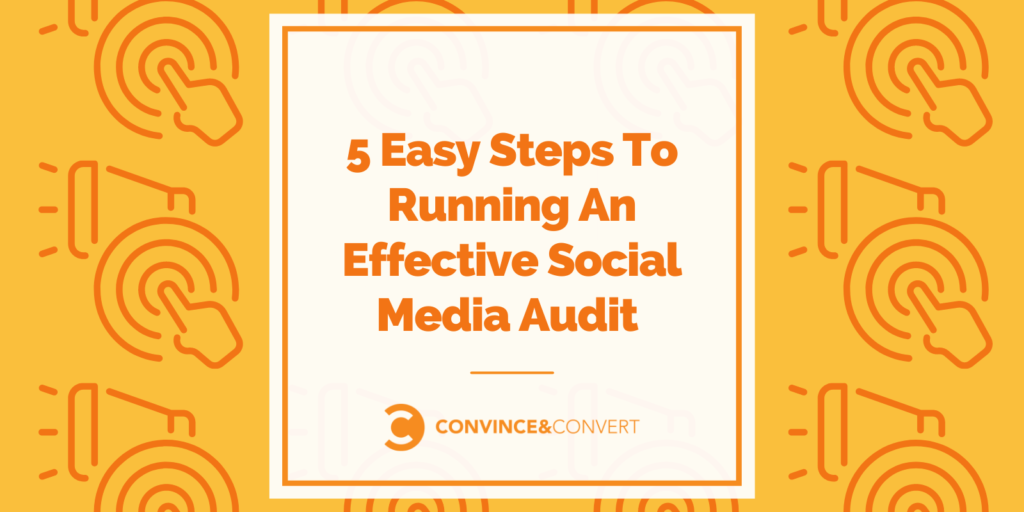
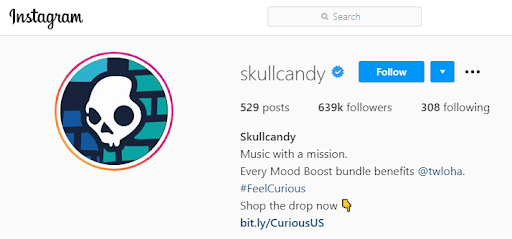
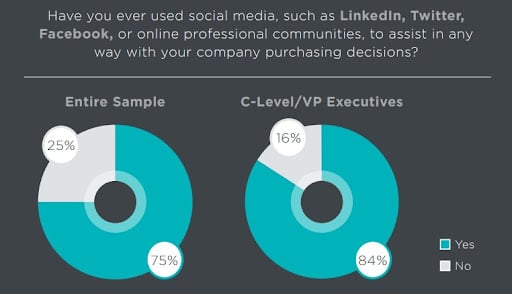
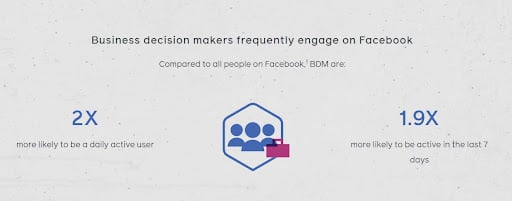
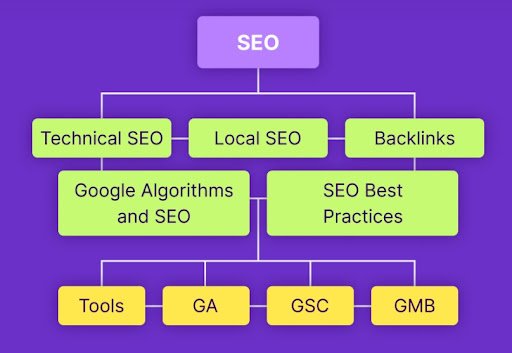
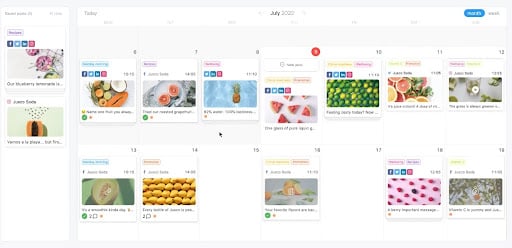
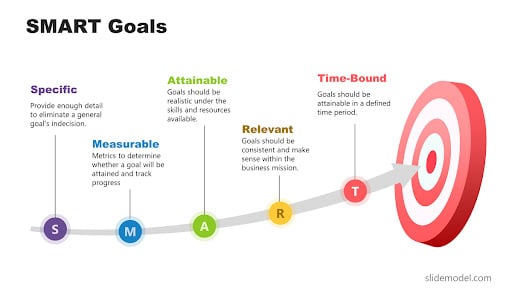
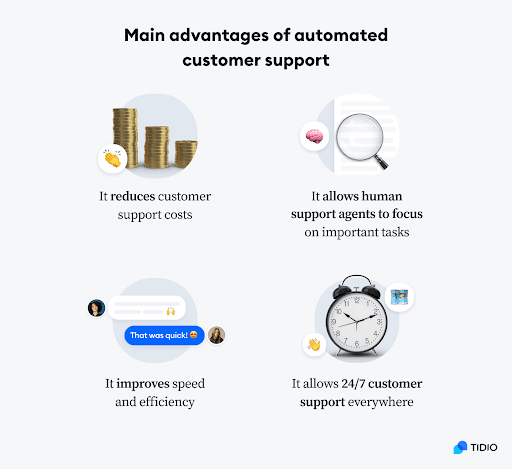
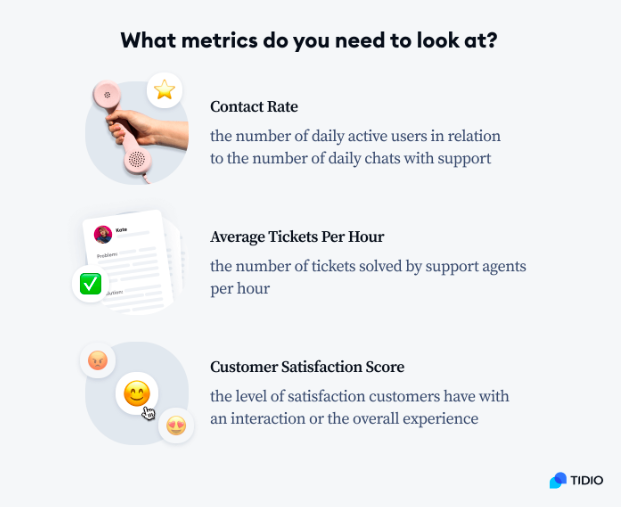
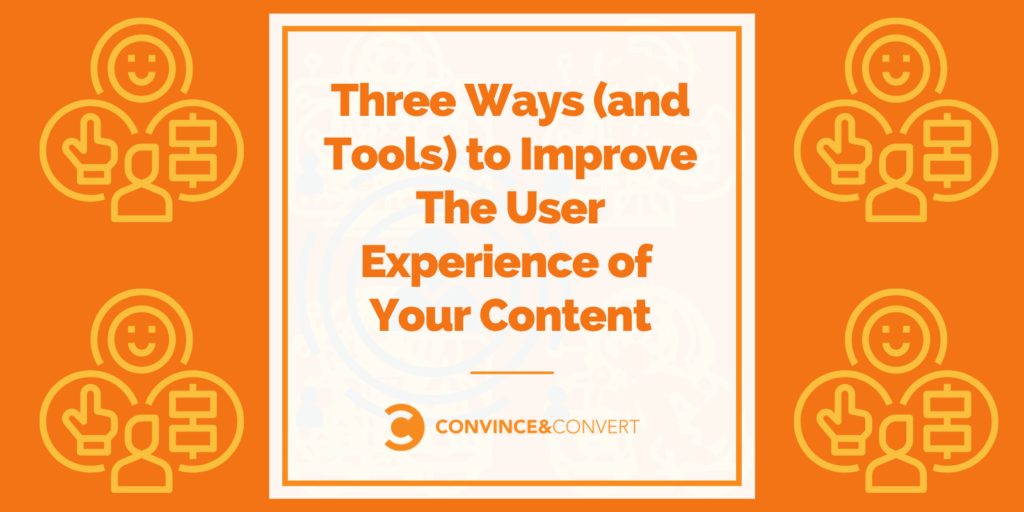
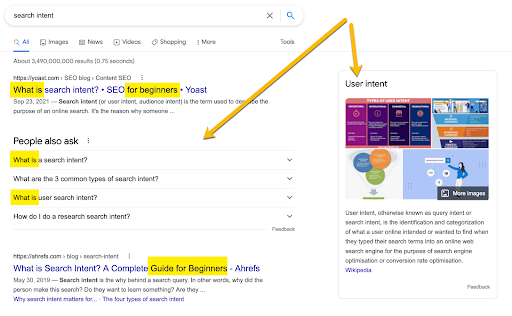
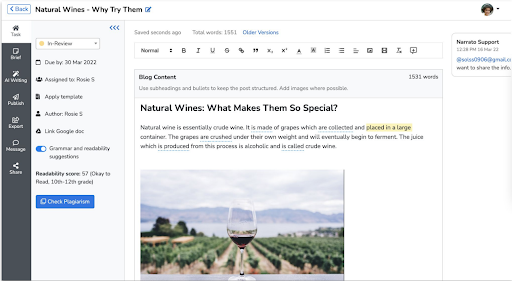
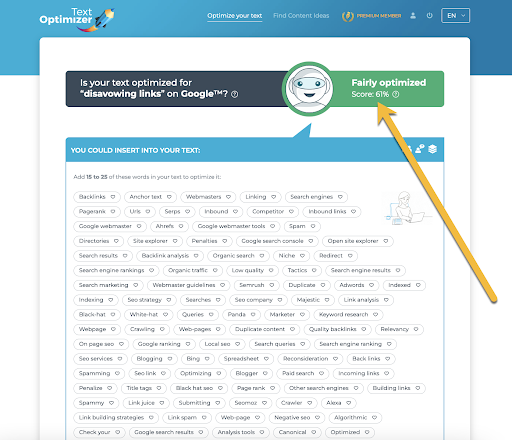
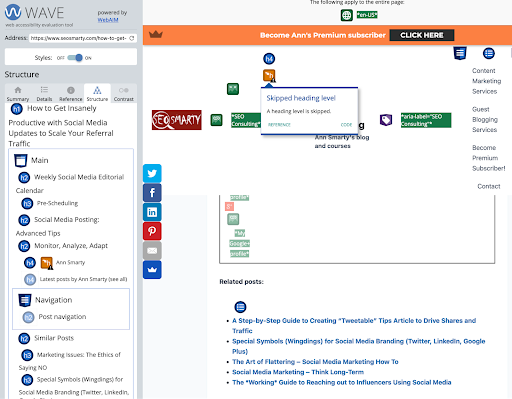
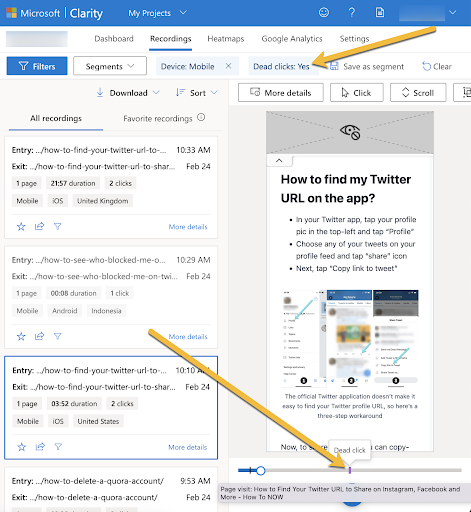
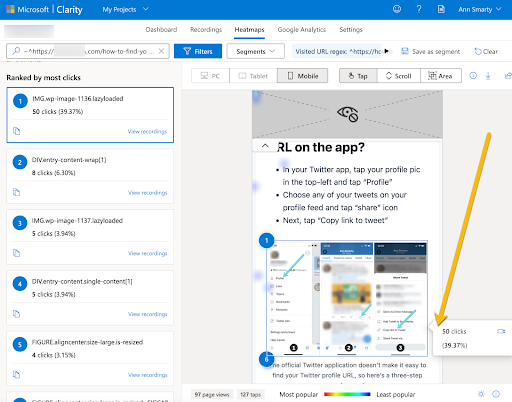
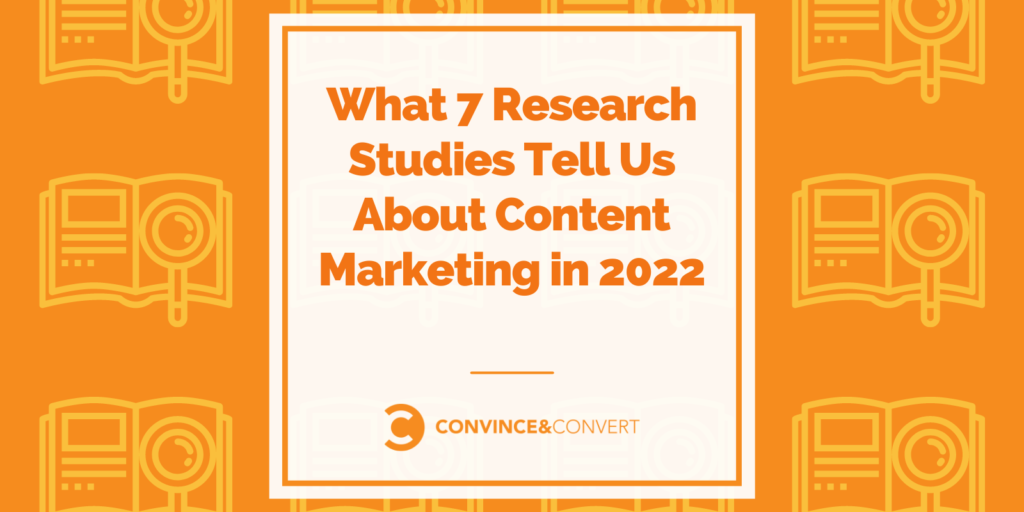
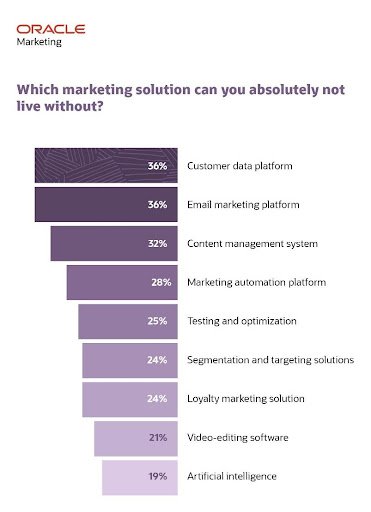
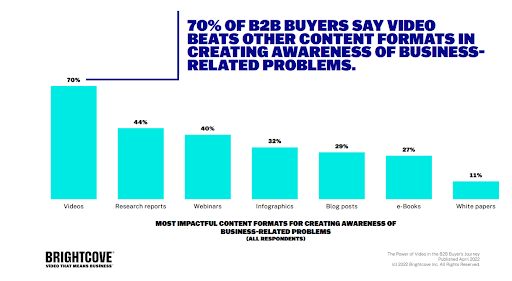
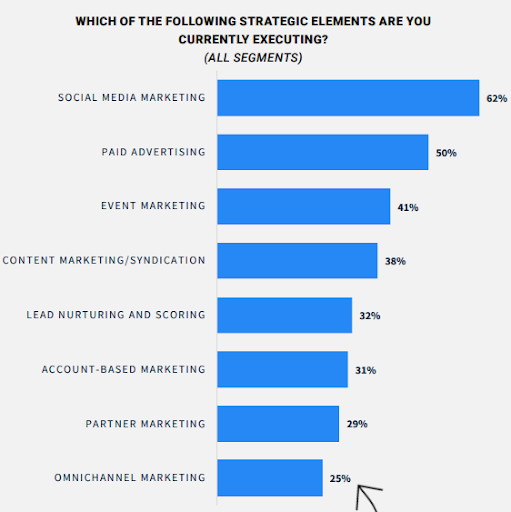
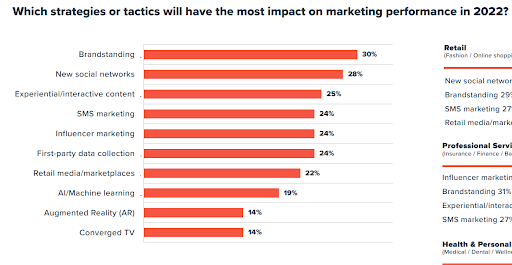
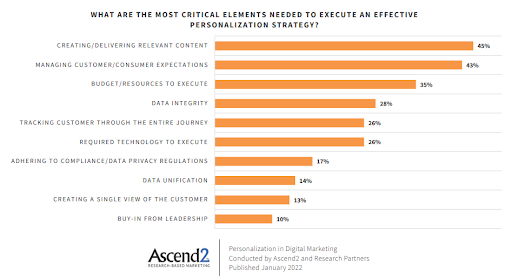
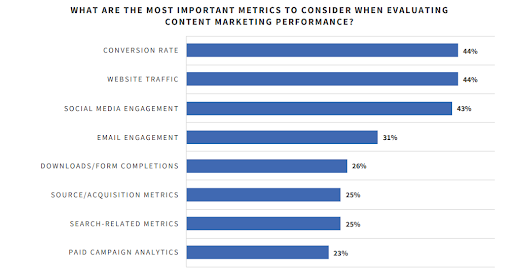
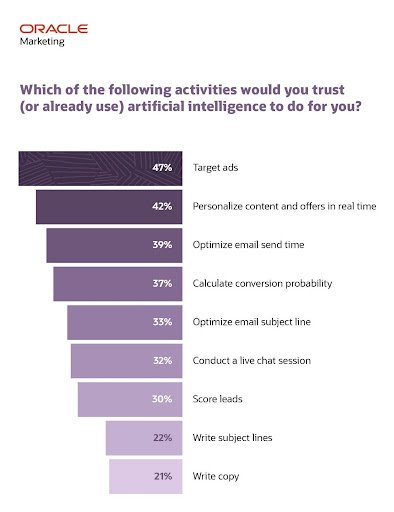
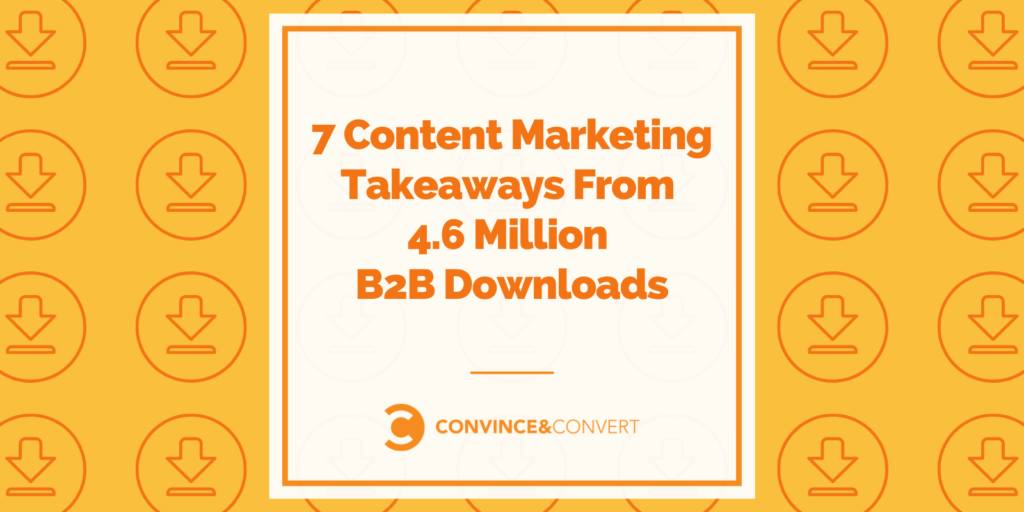
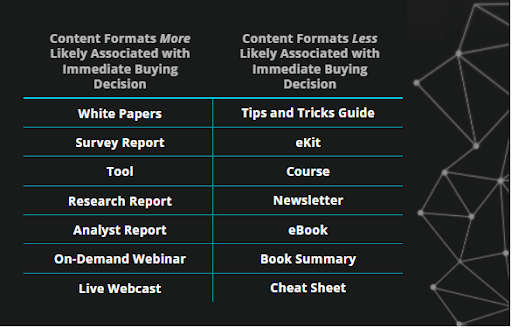

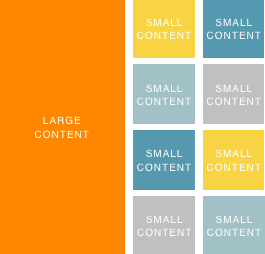
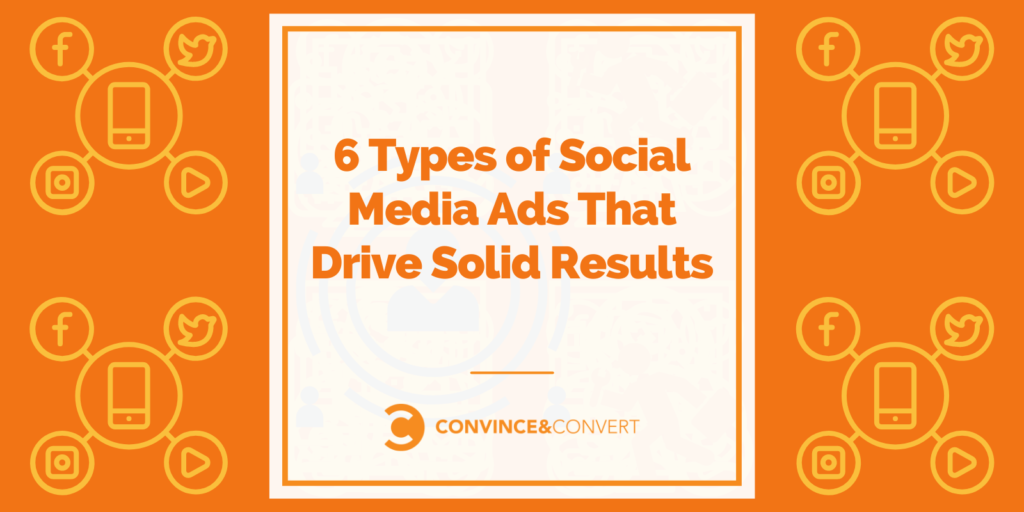 Social Media Ads That Drive Solid Results" width="1024" height="512" srcset="https://www.convinceandconvert.com/wp-content/uploads/2022/06/6-Types-of-Social-Media-Ads-That-Drive-Solid-Results-1024x512.png 1024w, https://www.convinceandconvert.com/wp-content/uploads/2022/06/6-Types-of-Social-Media-Ads-That-Drive-Solid-Results-300x150.png 300w, https://www.convinceandconvert.com/wp-content/uploads/2022/06/6-Types-of-Social-Media-Ads-That-Drive-Solid-Results-768x384.png 768w, https://www.convinceandconvert.com/wp-content/uploads/2022/06/6-Types-of-Social-Media-Ads-That-Drive-Solid-Results-1536x768.png 1536w, https://www.convinceandconvert.com/wp-content/uploads/2022/06/6-Types-of-Social-Media-Ads-That-Drive-Solid-Results-1000x500.png 1000w, https://www.convinceandconvert.com/wp-content/uploads/2022/06/6-Types-of-Social-Media-Ads-That-Drive-Solid-Results-100x50.png 100w, https://www.convinceandconvert.com/wp-content/uploads/2022/06/6-Types-of-Social-Media-Ads-That-Drive-Solid-Results-150x75.png 150w, https://www.convinceandconvert.com/wp-content/uploads/2022/06/6-Types-of-Social-Media-Ads-That-Drive-Solid-Results.png 1600w" sizes="(max-width: 1024px) 100vw, 1024px" />
Social Media Ads That Drive Solid Results" width="1024" height="512" srcset="https://www.convinceandconvert.com/wp-content/uploads/2022/06/6-Types-of-Social-Media-Ads-That-Drive-Solid-Results-1024x512.png 1024w, https://www.convinceandconvert.com/wp-content/uploads/2022/06/6-Types-of-Social-Media-Ads-That-Drive-Solid-Results-300x150.png 300w, https://www.convinceandconvert.com/wp-content/uploads/2022/06/6-Types-of-Social-Media-Ads-That-Drive-Solid-Results-768x384.png 768w, https://www.convinceandconvert.com/wp-content/uploads/2022/06/6-Types-of-Social-Media-Ads-That-Drive-Solid-Results-1536x768.png 1536w, https://www.convinceandconvert.com/wp-content/uploads/2022/06/6-Types-of-Social-Media-Ads-That-Drive-Solid-Results-1000x500.png 1000w, https://www.convinceandconvert.com/wp-content/uploads/2022/06/6-Types-of-Social-Media-Ads-That-Drive-Solid-Results-100x50.png 100w, https://www.convinceandconvert.com/wp-content/uploads/2022/06/6-Types-of-Social-Media-Ads-That-Drive-Solid-Results-150x75.png 150w, https://www.convinceandconvert.com/wp-content/uploads/2022/06/6-Types-of-Social-Media-Ads-That-Drive-Solid-Results.png 1600w" sizes="(max-width: 1024px) 100vw, 1024px" />